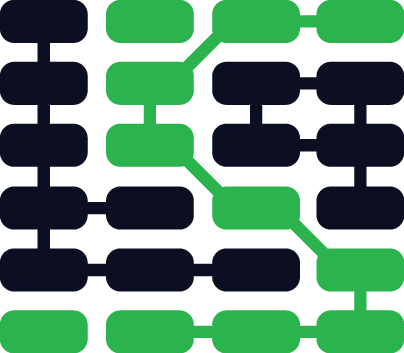Static content
Some content on a website does not change and therefore should be served up either directly through the web server or a content delivery network (CDN). Examples include JavaScript, image, and CSS files.
Types of static content
Static content can be either assets created as part of your development process such as images on your landing page or user-generated content. The Django framework calls these two categories assets and media.
Content delivery networks
A content delivery network (CDN) is a third party that stores and serves static files. Amazon CloudFront, Akamai, and Rackspace Cloud Files are examples of CDNs. The purpose of a CDN is to remove the load of static file requests from web servers that are handling dynamic web content. For example, if you have an nginx server that handles both static files and acts as a front for a Green Unicorn WSGI server on a 512 megabyte virtual private server, the nginx server will run into resource constraints under heavy traffic. A CDN can remove the need to serve static assets from that nginx server so it can purely act as a pass through for requests to the Green Unicorn WSGI server.
CDNs send content responses from data centers with the closest proximity to the requester.
Static Content Resources
-
The super stupid idiot's guide to getting started with Django, Pipeline, and S3 shows how to host static content on S3 and use those files with Django.
-
django-storages is a Django library for managing static and media files on services such as Amazon S3 and other content delivery networks.
Static content learning checklist
Identify a content delivery network to offload serving static content files from your local web server. I recommend using Amazon S3 with CloudFront as it's easy to set up and will scale to high bandwidth demands.
Update your web application deployment process so updated static files are uploaded to the CDN.
Move static content serving from the www subdomain to a static (or similarly named) subdomain so browsers will load static content in parallel to www HTTP requests.
What's next for building your app?
Static Content
Need more detailed tutorials and walkthroughs than what is presented here? Sign up for an email alert when that content is created.
Matt Makai 先生在社区的协助下设计并编写了这个站点。如果你有Github账号,可以 follow他哦。想跟近这本书的最新状态去Github Star 这个项目吧!

